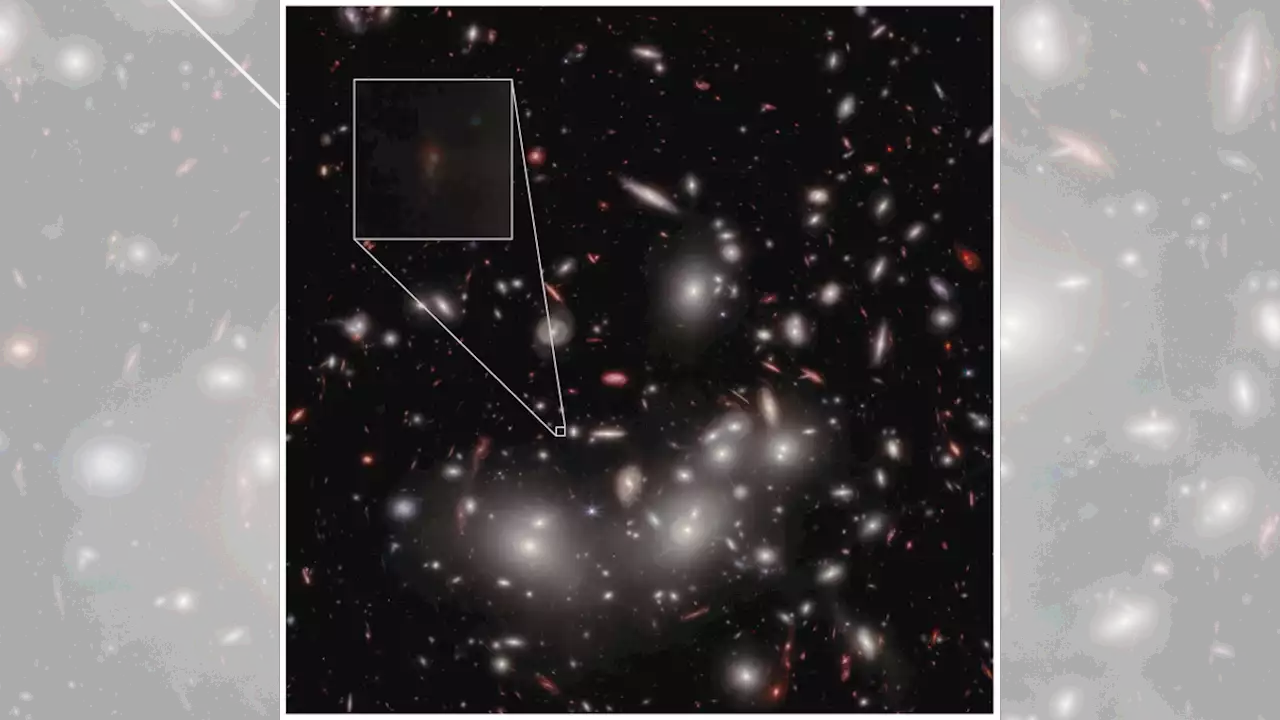The James Webb Space Telescope has discovered the faintest galaxy ever seen, burning away the pitch-black gloom of the early universe 13 billion years ago.
The James Webb Space Telescope has identified one of the most distant galaxies ever seen — an ancient, nearly invisible star cluster so remote that its light is the faintest scientists have ever detected.
Twinkling from within the Sculptor constellation in the southern sky, JD1's light left its source when the universe was just 4% of its current age. The light crossed dissipating gas clouds and boundless space before passing through the galaxy cluster Abell 2744, whose space-time-warping gravitational pull acted as a giant magnifying lens to steer the ancient galaxy into focus for the JWST.
Astronomers have observed evidence for reionization in many places: the dimming of brightly flaring quasars ; the scattering of light from electrons in the cosmic microwave background; and the infrequent, dim light given off by hydrogen clouds. Yet because the first galaxies used so much of their light to dissipate the stifling hydrogen mist, what they actually looked like has long remained a mystery to astronomers.
related stories—The James Webb Telescope detected the coldest ice in the known universe — and it contains the building blocks of life—James Webb Space Telescope hit by large micrometeoroid
United States Latest News, United States Headlines
Similar News:You can also read news stories similar to this one that we have collected from other news sources.
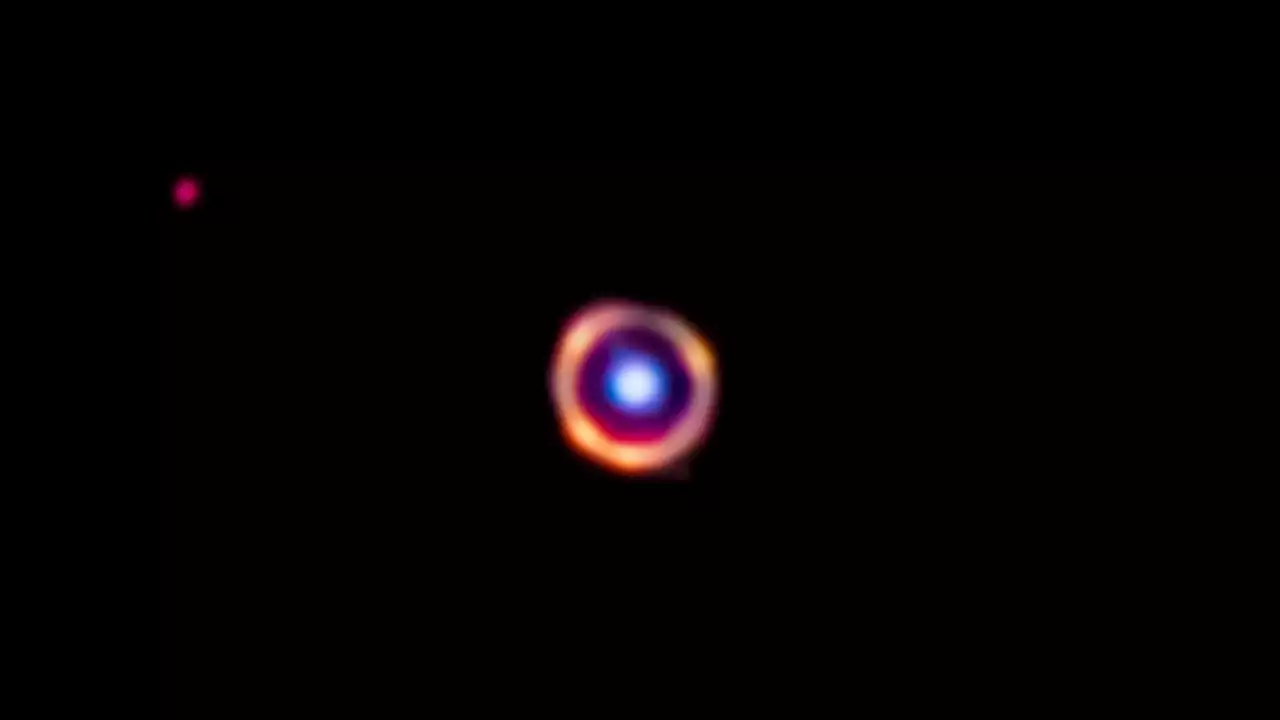 James Webb Space Telescope spies earliest complex organic molecules in the universeThe chemicals reside within a galaxy that formed when the universe was about 10% of its current age.
James Webb Space Telescope spies earliest complex organic molecules in the universeThe chemicals reside within a galaxy that formed when the universe was about 10% of its current age.
Read more »
 James Webb Space Telescope peers behind bars to reveal a cosmic 'treasure trove' (video)The powerful space telescope observed the barred spiral galaxy NGC 5068, creating a stunning image that reveals active star formation.
James Webb Space Telescope peers behind bars to reveal a cosmic 'treasure trove' (video)The powerful space telescope observed the barred spiral galaxy NGC 5068, creating a stunning image that reveals active star formation.
Read more »
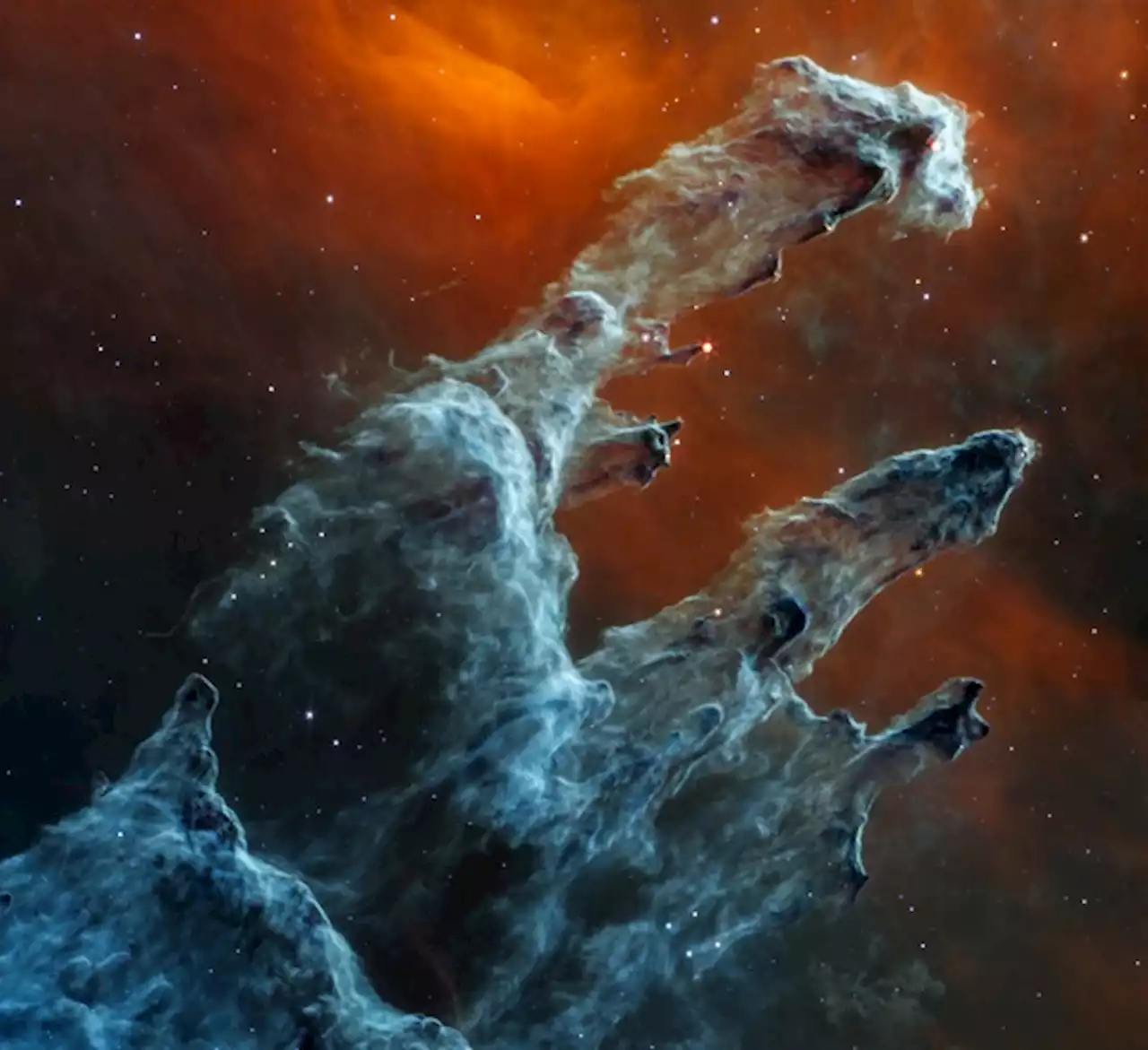 James Webb Telescope Captures Eerie Image Of Pillars Of CreationTaken by JWST’s MIRI instrument, the haunting shot highlights the copious dust visible in the Pillars when viewed in mid-infrared light.
James Webb Telescope Captures Eerie Image Of Pillars Of CreationTaken by JWST’s MIRI instrument, the haunting shot highlights the copious dust visible in the Pillars when viewed in mid-infrared light.
Read more »
 Cosmic Smoke Signals: James Webb Telescope Discovers Organic Molecules in Distant GalaxyAstronomers have found complex organic molecules in a galaxy more than 12 billion light-years away from Earth. Using NASA’s James Webb Space Telescope, an international team of astronomers detected complex organic molecules, akin to Earth's smoke, soot, and smog, in a galaxy 12 billion light-year
Cosmic Smoke Signals: James Webb Telescope Discovers Organic Molecules in Distant GalaxyAstronomers have found complex organic molecules in a galaxy more than 12 billion light-years away from Earth. Using NASA’s James Webb Space Telescope, an international team of astronomers detected complex organic molecules, akin to Earth's smoke, soot, and smog, in a galaxy 12 billion light-year
Read more »
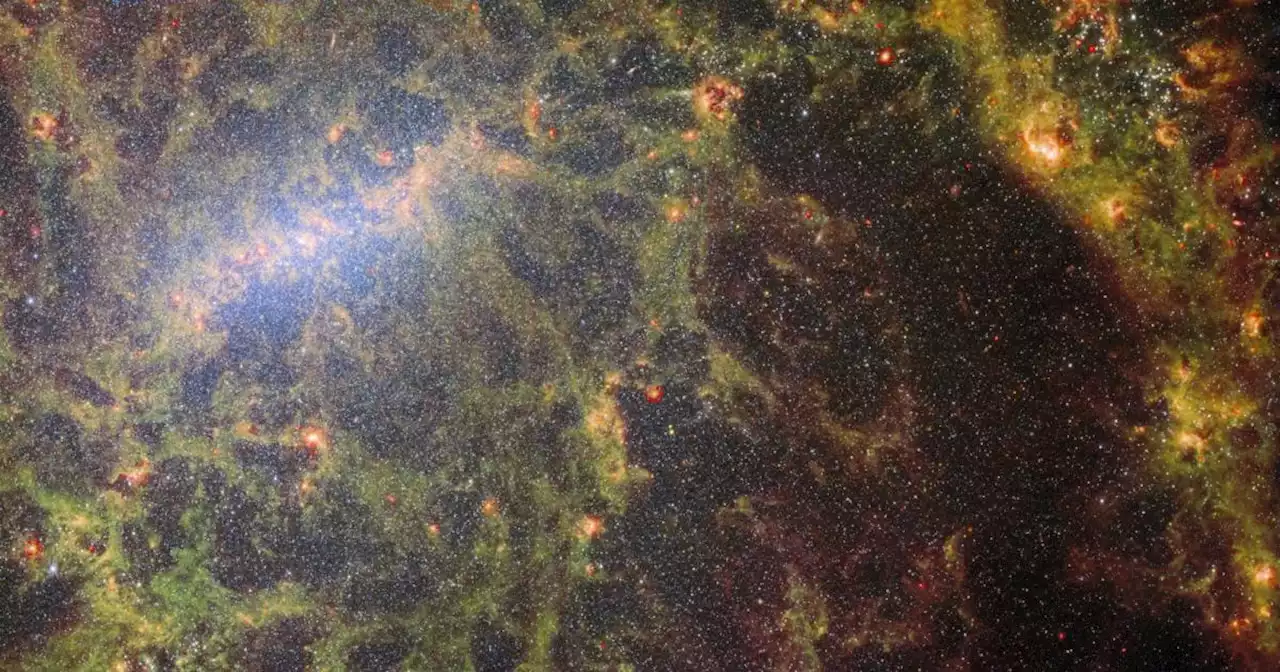 Latest Webb Telescope images gives a look at stars being born in the Virgo constellation | EngadgetThe latest images released from the James Webb Space Telescope show off the barred spiral galaxy NGC 5068.
Latest Webb Telescope images gives a look at stars being born in the Virgo constellation | EngadgetThe latest images released from the James Webb Space Telescope show off the barred spiral galaxy NGC 5068.
Read more »
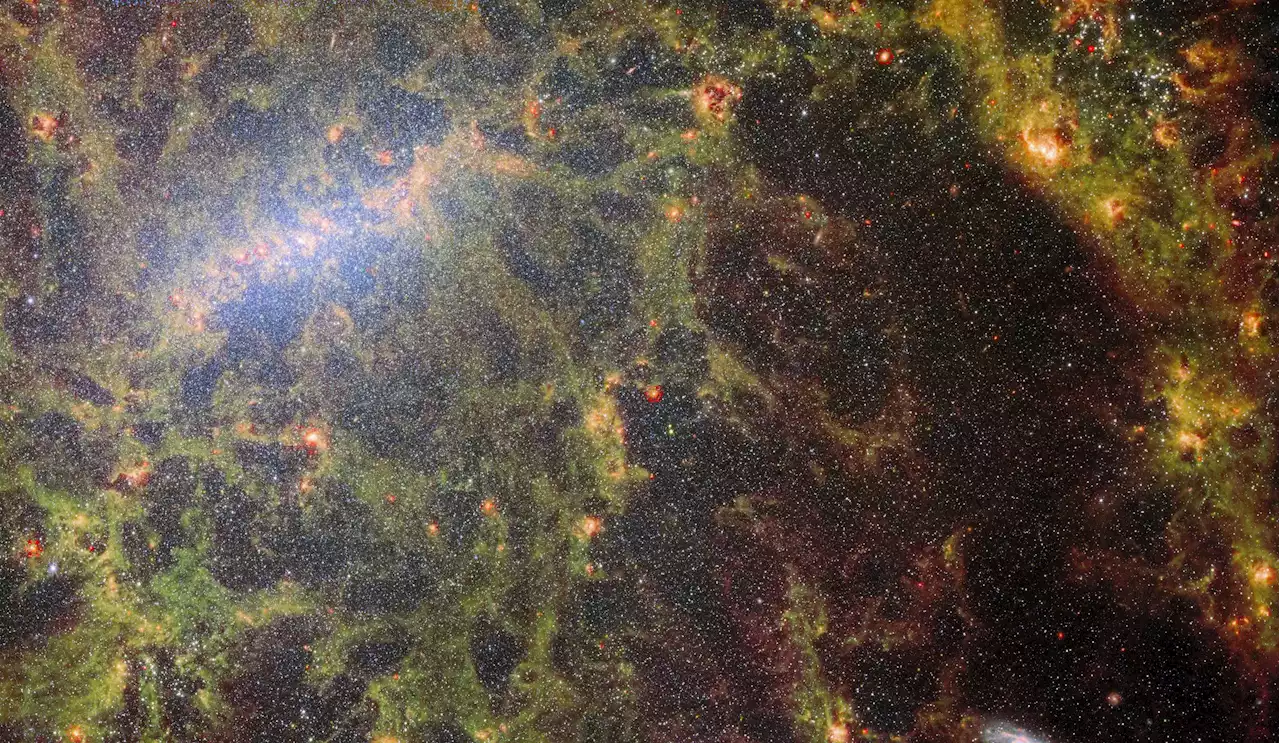 Behind Galactic Bars: Webb Telescope Unlocks Secrets of Star FormationNASA's James Webb Space Telescope has captured a detailed image of the barred spiral galaxy NGC 5068. Part of a project to record star formation in nearby galaxies, this initiative provides significant insights into various astronomical fields. The telescope's ability to see through gas and dust, ty
Behind Galactic Bars: Webb Telescope Unlocks Secrets of Star FormationNASA's James Webb Space Telescope has captured a detailed image of the barred spiral galaxy NGC 5068. Part of a project to record star formation in nearby galaxies, this initiative provides significant insights into various astronomical fields. The telescope's ability to see through gas and dust, ty
Read more »
